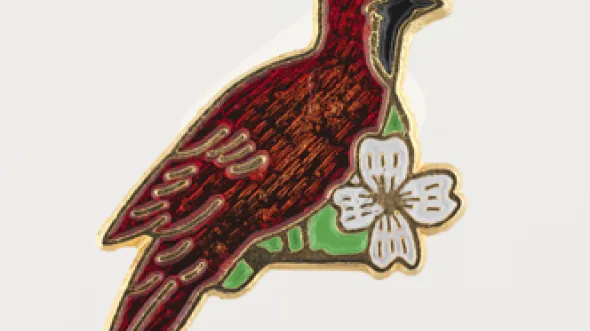At the Virginia Museum of History and Culture, we place our collections at the very heart of our mission. We believe that you can learn more about the people who inhabited the past by reading the words they wrote and looking at the things they owned. This is the fundamental assumption that guides all our efforts—and the efforts of all collecting institutions.
The VMHC has a group of items that belonged to Oliver W. Hill, Sr., a prominent Richmond civil rights attorney, donated by his son Oliver W. Hill, Jr., professor of psychology at Virginia State University. As lead attorney for the Virginia Conference of the NAACP, Hill, Sr. initiated a number of legal challenges to Jim Crow, including Davis v. School Board of Prince Edward County, one of the five cases that became part of the 1954 Supreme Court decision, Brown v. Board of Education of Topeka.








